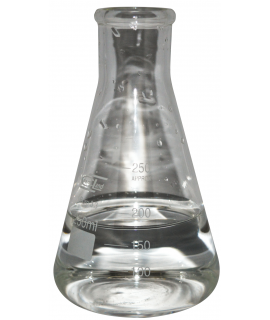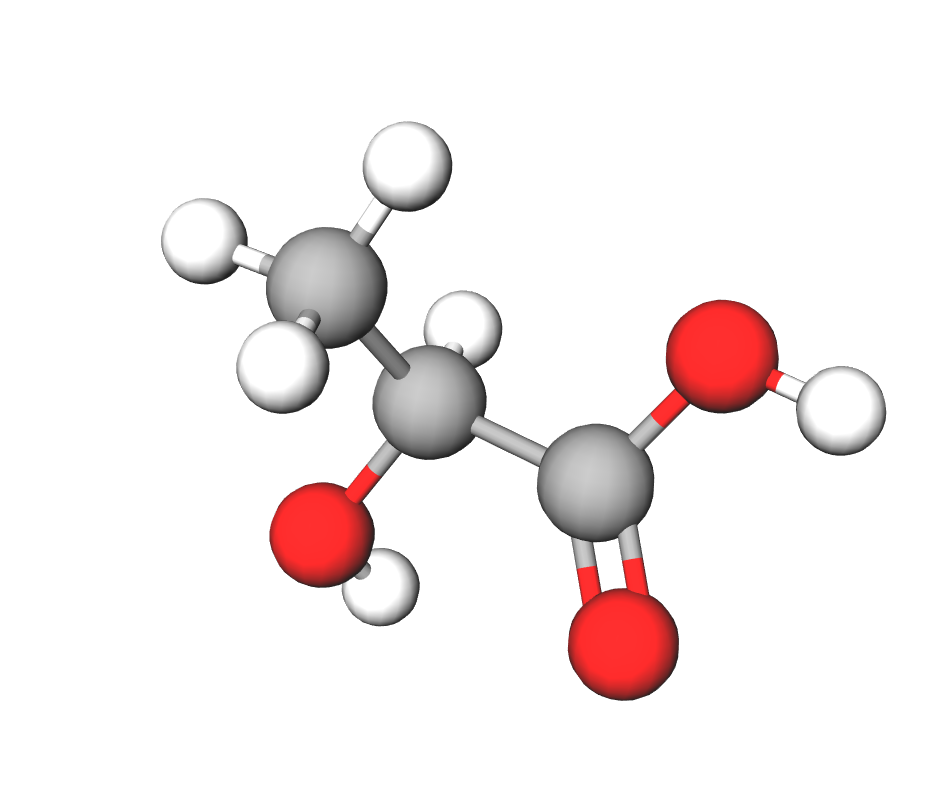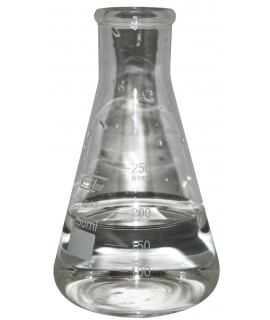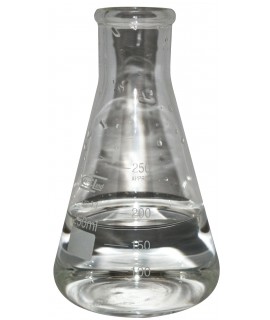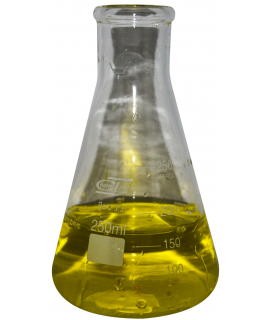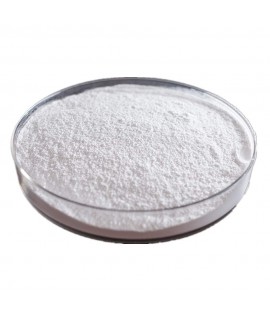|
Parameter |
Attribute |
|
Lactic acid |
Lactonic acid, AHA acid, E270, L (-) lactic acid |
|
Formula |
C3H6O3 |
|
Structure |
|
|
IUPAC |
2-Hydroxypropanoic acid |
|
INCI |
LACTIC ACID |
|
CAS |
50-21-5 79-33-4 (L) 10326-41-7 (D) |
|
Molar mass |
90,078 g/mol |
|
Density |
1,22 g/cm3 |
|
Solubility |
Miscible |
Lactic acid is a colorless or yellowish liquid with the characteristic smell of sour milk. It is an organic acid involved in various biochemical processes.
In the food industry it is used as a preservative, acidity regulator, flavor enhancer and has an INS number of 270 or an E number of E270. Lactic acid is used as a food preservative, hardener and flavoring. It is an ingredient in processed foods and is used in meat processing as a tenderiser and flavor enhancer. Some beers (sour beers) deliberately contain added lactic acid, one such type being Belgian lambics. In most cases, lactic acid in beer is produced from various bacterial strains. These bacteria ferment sugars into acids, unlike yeasts which ferment sugars into ethanol. Once the wort has cooled, the yeast and bacteria are allowed to 'fall' into the open fermenters. Brewers of more conventional beers would ensure that such bacteria do not enter the fermenter. Other styles of sour beer include 'Berliner weisse', 'Flanders red' and 'American wild ale'. In wine production, natural malic acid is converted to lactic acid to reduce spiciness and for other taste reasons, a natural or controlled bacterial process is often used. If the bacterial action is unstable, additional lactic acid is added to maintain stable product parameters.
In the washing industry, an antimicrobial agent is used as a natural ingredient for descaling, which is natural and environmentally friendly. It is commonly found in organic descalers for coffee machines.
In cosmetics, lactic acid, a member of the AHA (Alpha Hydroxy Acid) group of acids, is used as a skin moisturizer, cleanser and toner. It is made up of three carbon atoms and therefore works best in the superficial layers of the skin, mainly in the epidermis. It is for this reason that Lactic Acid, by activating skin cells for rapid regeneration, solves the problems of superficial acne, scars and has a brightening, intensive moisturizing effect on skin. Concentrations from 1 to 20% are commonly used. It is important not to use concentrated lactic acid as the solution is strongly acidic and may cause skin irritation or burns.
In livestock farming lactic acid is used quite extensively. Many products can be found for the care of the skin of livestock (therapeutic ointments, disinfectants, post-milking teat wipes, pre-milking cleansers etc.). Lactic acid is also found as a nutritional additive for livestock, which improves the digestion of herbivorous animals, as the acid helps to ferment feed faster. It is also used as a respiratory and acidity regulator, thus making feed more palatable and odorous and thus increasing the digestibility of feed. Animals gain weight faster and produce more milk. Lactic acid in animal nutrition is characterized by lowering the pH of the stomach, reducing the buffering properties of the feed, increasing the activity of proteolytic enzymes/improving the secretion of pancreatic secretions, stimulating the activity of digestive enzymes, stimulating the growth of beneficial bacterial growth, reducing the survival of pathogens in the stomach/maintaining the balance of microbial populations, and directly killing bacteria.
In mosquito attractants, lactic acid with ammonium bicarbonate is highly attractive to mosquitoes and is therefore used in mosquito attractants.
In school experiments, it is used as a raw material in the extraction of aromatic esters and as a raw material for the sensory properties of food.
Important: Add the item to your basket, fill in the recipient's details and confirm your order. Thank you!
To save your precious time, we will deliver your order to your address at a time convenient for You!
*- The pictures of the goods may not correspond to the actual appearance, color, assembly or shape of the goods and their packaging. The information in the product description is of a general nature and may not correspond to the information on the packaging of the product and may not be the exact use of the product. The information given on the stocks and prices of goods may, in certain cases, differ from the actual prices and stocks of goods
**- The product complies with the requirements for food additive E270 but is not intended for use as a food additive.
|
Signal word: DANGER |
|
Hazard icons:
|
|
Danger phrases: H315 Irritating to skin. H318 Severely damages eyes |
|
Precautionary statements: P264 Wash hands thoroughly after use. P280 Wear protective gloves/protective clothing/eye/face protection. P302+P352 IN CASE OF CONTACT WITH SKIN: Wash off with plenty of soap and water. P332+P313 In case of skin irritation: seek medical advice. P305 + P351 + P338 IN EYES: Wash gently with water for several minutes. Remove contact lenses, if present and if easy to do so. Continue to wash eyes. P337+P313 If eye irritation persists: seek medical advice. P362 Remove contaminated clothing and wash before putting it back on. |
Related products
(8 other products in the same category)


